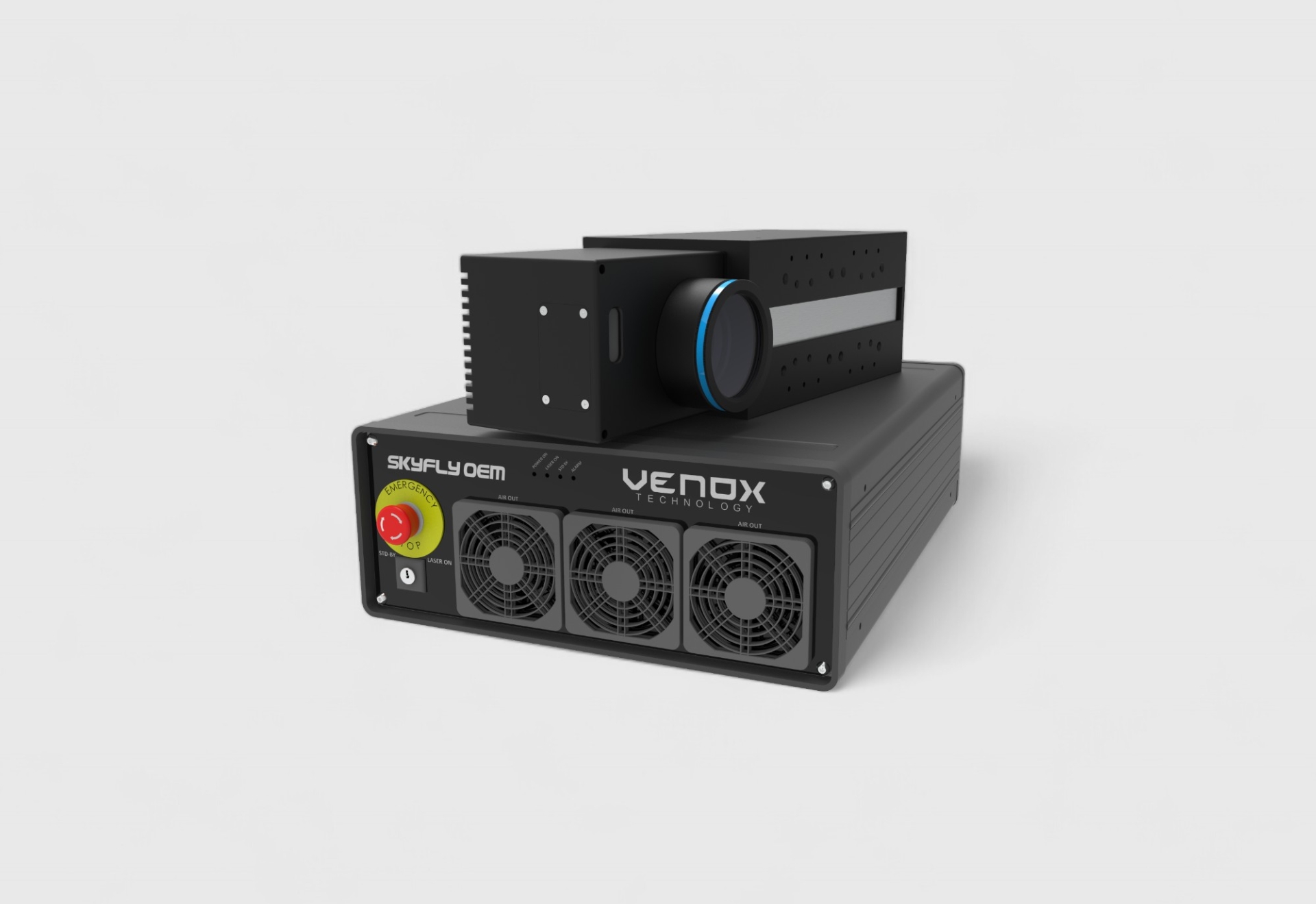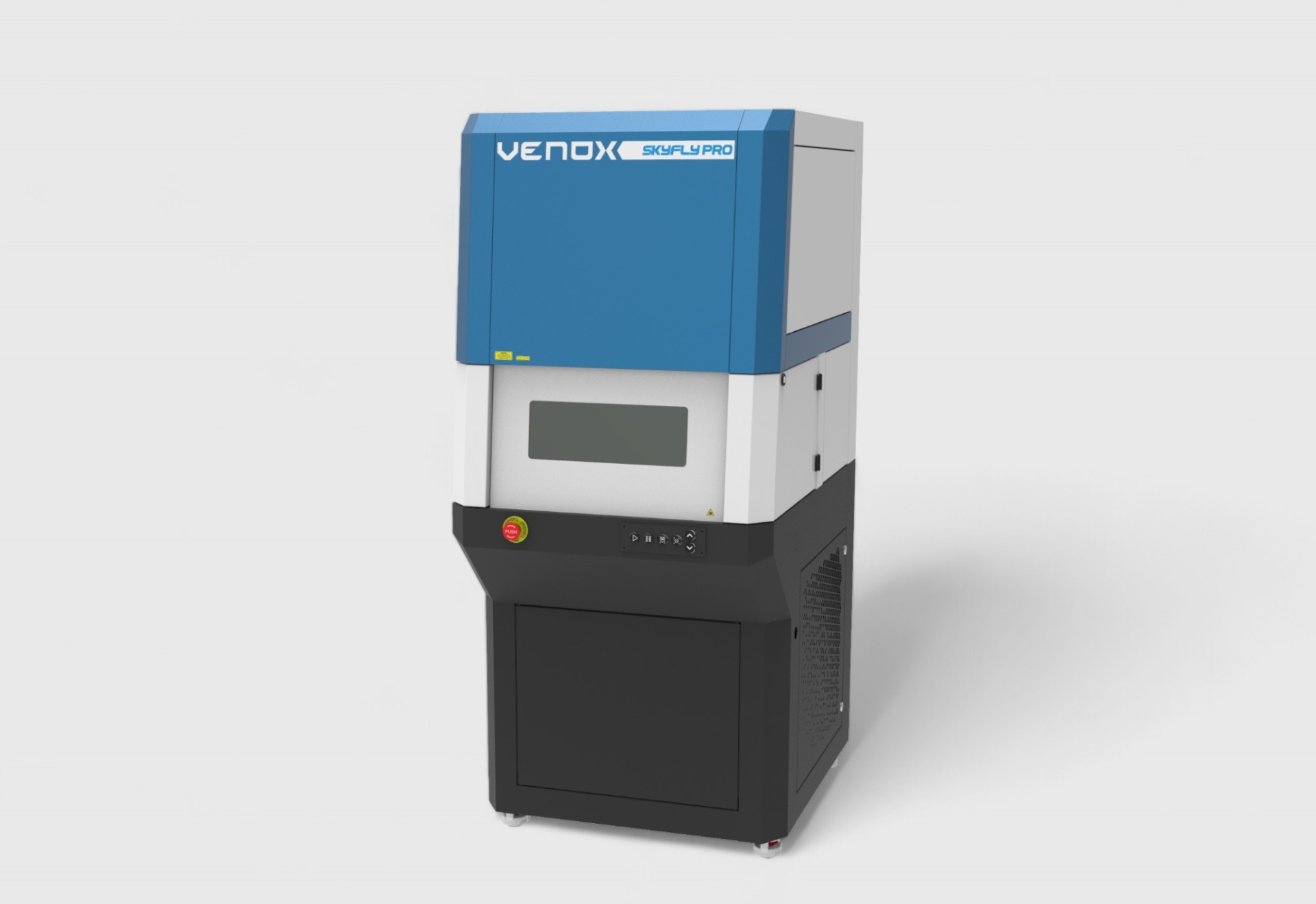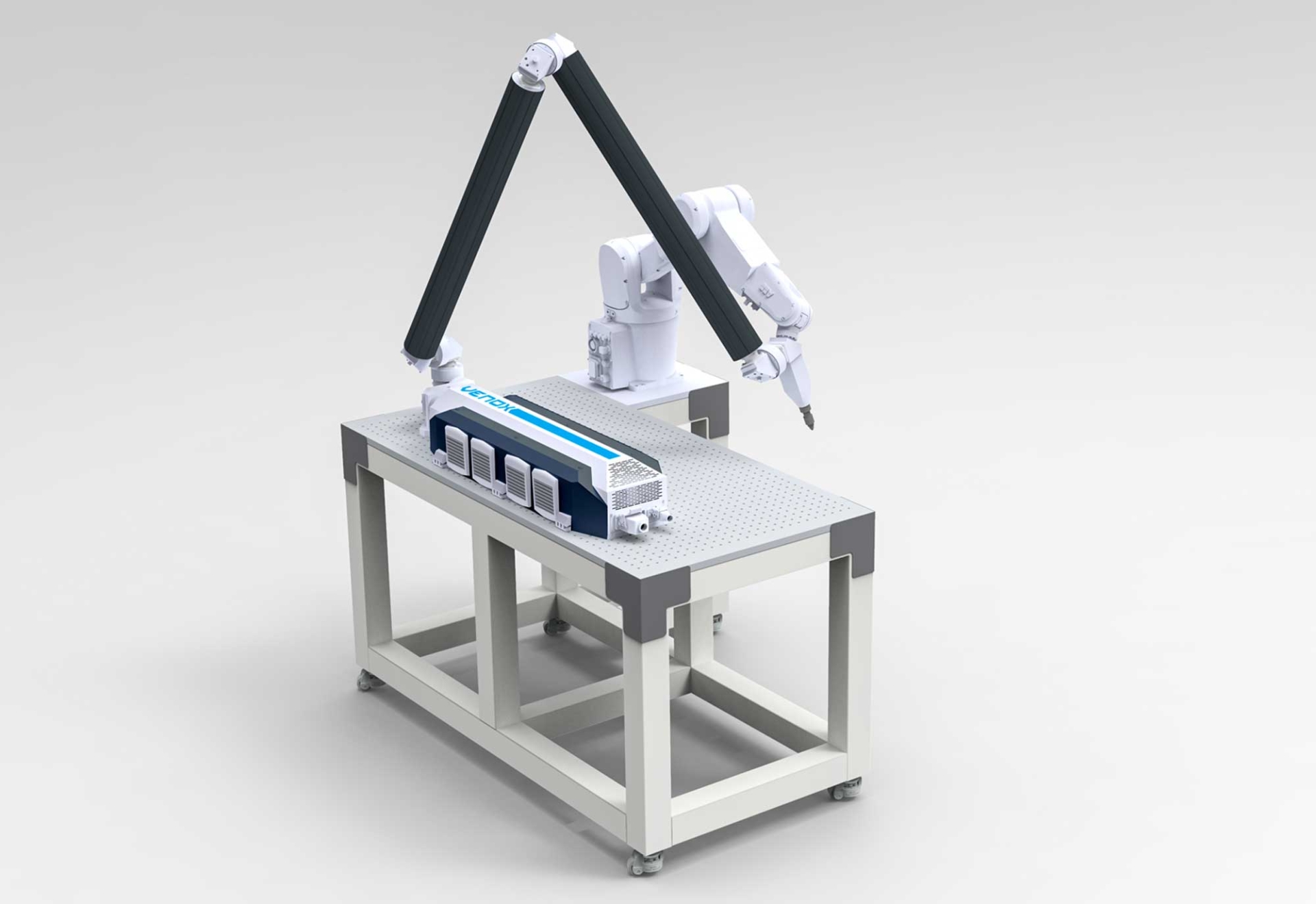Advantages and Disadvantages of Laser Marking – Which Businesses Is It Ideal For?
Laser marking technology has become critical for meeting traceability, quality control, and mass-production needs in manufacturing processes. However, since every business has different expectations and production dynamics, laser marking should be evaluated with both its advantages and certain limitations. In this article, we analyze all the pros and cons of laser marking in detail and explain which types of businesses it is ideal for.
Main Advantages of Laser Marking
Laser marking is one of the most reliable marking methods in modern industry. It offers significant advantages to businesses in terms of quality, durability, and production efficiency. :contentReference[oaicite:0]{index=0}
Permanent and Wear-Resistant Marking
Laser marking does not require chemicals or ink. Since the marking is processed into the surface through physical or chemical reactions, it cannot be erased, does not fade, and is resistant to abrasion. This feature is especially critical in sectors such as automotive, defense, and medical, where traceability is mandatory. :contentReference[oaicite:1]{index=1}
High Resolution and Superior Micro-Detail Capability
Laser marking technology operates much more precisely than other traditional marking methods. It ensures excellent readability for micro-level elements such as QR codes, DataMatrix, serial numbers, logos, and graphic markings. :contentReference[oaicite:2]{index=2}
Contact-Free Process for Surface Protection
Since laser marking is completely contact-free, the surface is not scratched and no mechanical pressure is applied. This prevents damage to fragile surfaces, avoids deformation in thin metals, and enables controlled marking on heat-sensitive materials. :contentReference[oaicite:3]{index=3}
Speed and Production Efficiency
Laser marking is perfectly suited for mass production thanks to high-speed galvo motors. Especially in metal marking, it enables marking within seconds, 24/7 operation, and automation integration, saving businesses significant time. :contentReference[oaicite:4]{index=4}
Low Operating Cost
Laser marking requires no consumables. Therefore, costs such as ink, stencil changes, or cartridge replacement are eliminated. In the long run, it is one of the marking solutions with the lowest operating costs. :contentReference[oaicite:5]{index=5}
Eco-Friendly and Waste-Free Production
It does not create chemical waste, does not use ink, and does not harm production processes environmentally. It is a sustainable marking technology aligned with green manufacturing policies. :contentReference[oaicite:6]{index=6}
Disadvantages and Limitations of Laser Marking
Although it has many technical strengths, laser marking may not be ideal for every scenario. The limitations below should be considered during the decision-making process. :contentReference[oaicite:7]{index=7}
High Initial Investment Cost
Laser marking machines have a higher initial cost than other marking methods. UV lasers or fiber lasers above 50W may require a higher budget. However, since there are no consumable costs, the total cost becomes advantageous in the long term. :contentReference[oaicite:8]{index=8}
Requires Operator Training
Because laser marking machines involve advanced optical and software technologies, operators must be trained in adjusting laser parameters correctly, following safety protocols, and understanding material focusing. :contentReference[oaicite:9]{index=9}
Surface Damage May Occur With Incorrect Parameters
Excessive laser power may cause melting on plastic surfaces, unwanted engraving on metal surfaces, or deterioration on coated surfaces. Therefore, selecting the correct parameters for each material is critical. :contentReference[oaicite:10]{index=10}
Marking Time May Increase on Large Areas
Laser marking is very fast for areas such as 100×100 mm or 150×150 mm. However, on surfaces of 300×300 mm or larger, scanning time increases, galvo speed may be insufficient, and quality loss may occur. :contentReference[oaicite:11]{index=11}
High Power Requirements Increase Cost
Applications such as deep engraving, color marking, or mold marking require high power. Fiber lasers between 60W–100W are more costly, and their cooling systems may require additional investment. :contentReference[oaicite:12]{index=12}
Safety Requirements
Laser machines contain high energy, so safety standards are essential. When purchasing a system, factors such as Class 1 or Class 4 laser classification, CE certification, protective goggles and enclosures, and EMC/electrical safety documentation must be carefully checked. :contentReference[oaicite:13]{index=13}
Conclusion: Which Businesses Are Suitable for Laser Marking?
Laser marking is ideal for businesses seeking high precision, speed, and permanence. It delivers excellent results especially in the following sectors:
- Automotive and metal processing
- Medical device manufacturing
- Electronic components
- Packaging and serial coding
- Jewelry and personalized design products







